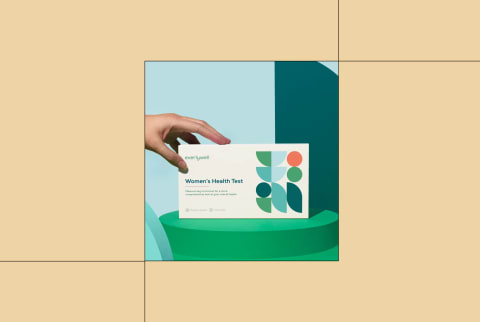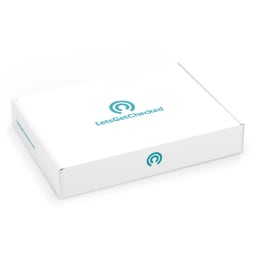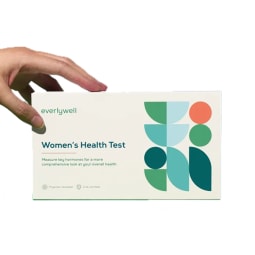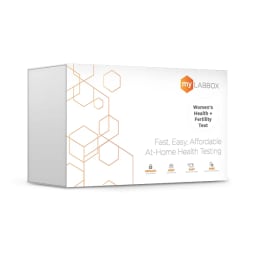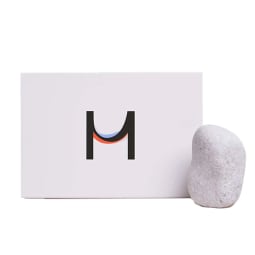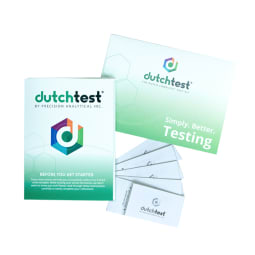Hormone imbalances tend to have vague symptoms, making it difficult to diagnose the problem and determine the root cause. By testing your hormone levels, you’ll begin to discover how even a slightly abnormal level can contribute to how you feel. At-home hormone testing allows consumers to take their health into their own hands. With this attainable option, test kits are purchased online, administered in your own home, and sent directly to a lab for results. We evaluated the top brands on the market today and determined the best at-home hormone tests available. Find our picks below, with expert insight into how to pick a brand, who should use these kits, and how to perform an at-home hormone test. Gordon adds that self-testing at home can be a useful preventive measure rather than waiting for an imbalance to become so severe that it leads to a detectable disease or medical condition. This can be especially helpful when you have vague-yet-bothersome symptoms or you are simply curious about your hormone health. While these tests can help give you a peek into your hormonal health, they are not a replacement for regular doctor’s visits, and any abnormal results should be discussed with a medical professional. Jeng does warn that some populations, such as children or the elderly, may find it difficult to supply the required sample. In addition, people who have poor circulation may face hurdles when attempting to supply enough blood from a finger prick, which may require multiple tries. It’s important to note that hormone replacement, including an intrauterine device (IUD) or hormonal birth control, will alter the results of an at-home hormone test and will not depict the true hormone levels in your body. Unless you’re purchasing a completely comprehensive test kit (which will be on the more expensive side), a few hormones will inevitably be left out of your results. Most at-home hormone test kits won’t test for hormones like insulin, for example, which can be an indicator of conditions like Type-2 diabetes. In order to test for these kinds of hormones, you’ll need to see your doctor. LetsGetChecked requires users to refrain from using hormone replacement therapy or hormonal contraception for three months before taking the test, which may limit the users who are suitable candidates. Your results will be provided in a secure online portal. One of the substantial benefits of using LetsGetChecked is that a clinical nurse will call you to discuss any abnormal results. Timing the collection days can be challenging, though, as there are four saliva tests and four blood tests that need to be performed, most of which have specific timing parameters. Some samples need to be collected on Day 3 of your menstrual cycle, others on Day 19, and the rest whenever is convenient. Tracking your menstrual cycle is imperative—so if you don’t do this regularly, you’ll need to start in order to use this test. Waiting for these specific days will inevitably extend the time this test takes to complete. There is no follow-up offered, but your results are posted to a secure online portal and are printable to bring with you to discuss with your own doctor. This brand instructs users to refrain from vigorous activity the day prior to testing and to discuss discontinuing some medications prior to testing with their health care provider. All HIPAA web security protocols are followed, ensuring that your personal information is secure. The results will be in the secure portal within two to five days, along with a comprehensive breakdown of how each hormone affects your overall well-being. After performing the at-home test, you will gain access to the brand’s robust community of women to engage in fertility discussions. It’s important to note that if you are taking hormonal birth control, you will only receive measurements of TSH and AMH. Results will be emailed to testers, along with a free fertility planning tool. There are specific timelines to follow when collecting dried urine. For example, menstruating women will need to collect their sample between days 19 and 22 of their cycle, and all users need to limit their fluid intake to 32 ounces on the day the sample is taken. Precision Analytical, the maker of the Dutch Complete Test, is a CLIA-certified laboratory in Oregon. Although it’s at the highest price point for our picks, this test is also the most comprehensive, analyzing 28 biomarkers. A 16-page result report is emailed to you in about 10 business days.



